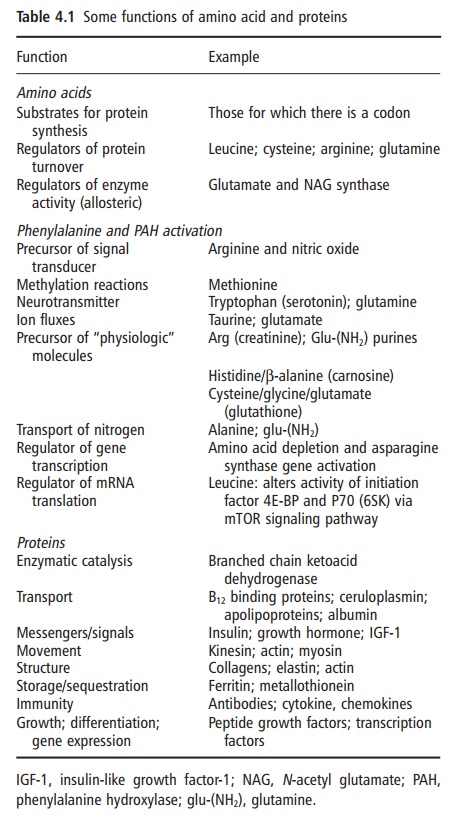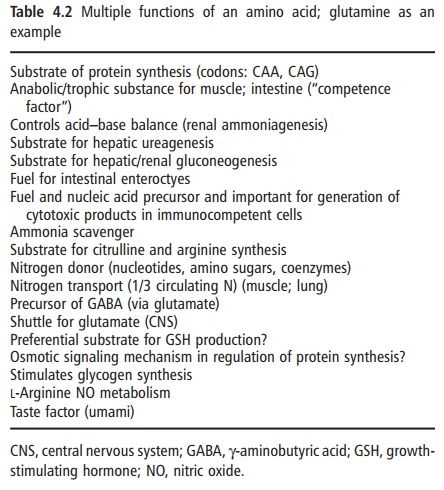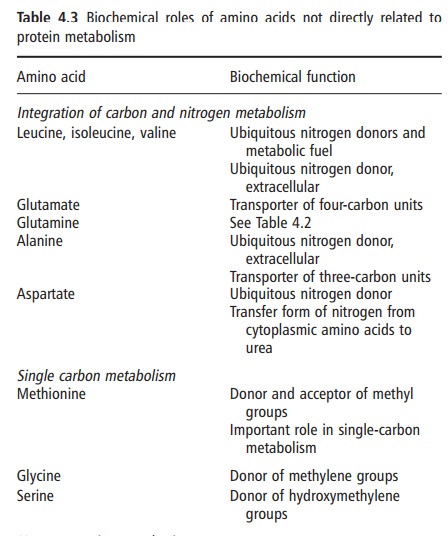Chapter: Introduction to Human Nutrition: Nutrition and Metabolism of Proteins and Amino Acids
Nutrition and Metabolism of Proteins and Amino Acids
Protein is the most abundant nitrogen-containing compound in the
diet and in the body. It is one of the five classes of complex biomolecules
present in cells and tissues, the others being DNA, RNA, polysaccha-rides, and
lipids. The polymerization of L-α-amino acids through synthesis of
peptide bonds contributes to the formation and structural framework of
pro-teins. These may contain two or more polypeptide chains forming multimeric
proteins, with the indi-vidual chains being termed subunits. Proteins are the
workhorses in cells and organs and their building blocks are the amino acids,
which are joined together according to a sequence directed by the base sequence
of the DNA (the genome), and so they serve as the currency of protein nutrition
and metabolism. The Human Genome Project completed in 2000 revealed that the
human genome consists of only 30 000 genes, whereas there may be hundreds of
thousands of pro-teins that are responsible for giving a human its par-ticular
characteristics and uniqueness. A new field of nutrition research has now
opened up and is referred to as “nutrigenomics,” which is the study of how
nutrition and genomics interact to influence health. Proteins and amino acids
fulfill numerous functions, many of which are summarized in Table 4.1. Some

amino acids, such as glutamine (Tables 4.2 and 4.3), play
multiple roles. It is not surprising, therefore, that inappropriate intakes of
proteins and/or of specific amino acids can have important consequences for
tissue and organ function, and the maintenance of health and the well-being of
the individual.



Related Topics